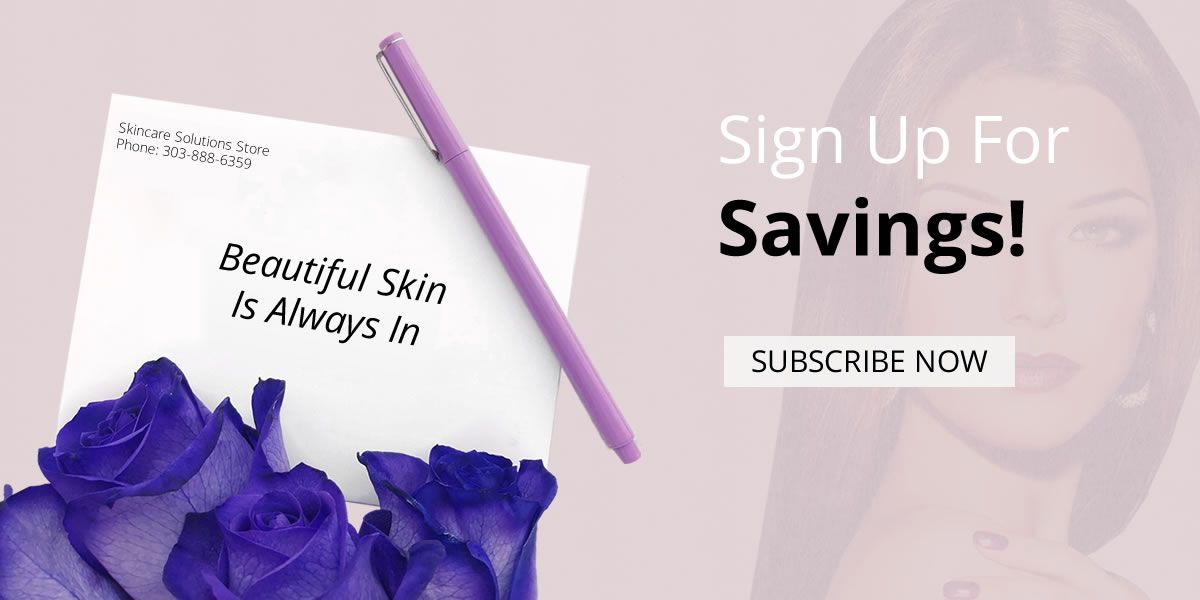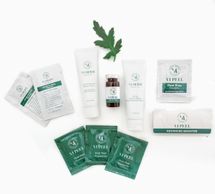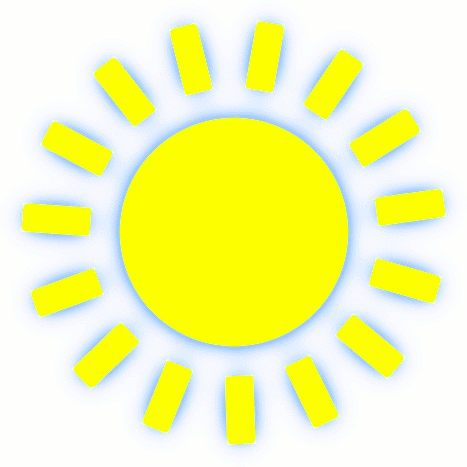Recent Blog Posts
#1: Baby Your Baby
While it’s important for us adults to protect ourselves from UV rays, we have a wide variety of lotions and creams available to slather on ourselves. Infants have more sensitive skin and so require more TLC and gentler formulas, while no SPF is recommended for infants under the age of 6 months, if it is unavoidable, pick a broad-spectrum with at least an SPF of 45 specifically designed for babies. These use physical barriers like titanium dioxide, rather than potentially irritating chemical ones, and are fragrance-free and hypoallergenic. They are available at different prices points from budget-friendly sunscreen to splurge-worthy sunscreen. If your little one is going to be splashing around in the paddling pool or ocean, be sure to use a water-resistant formula like COOLA Baby SPF 50, which keeps doing its thing even when wet. But do make sure you reapply once your child is on dry land. A spray probably seems like the easiest way to get that SPF onto a fidgety toddler, but think again. To get the protection promised on the outside of the bottle, you need to spray the same spot for six seconds, otherwise a quick spritz will only provide the equivalent of a SPF 7. Lotion really is the best option.
#2: Practice Responsible Application
Twenty minutes before heading out, slather your son or daughter in SPF to give it time to absorb so it won’t slide off your soon-to-be sweaty baby. Avoid the area around their eyes if you don’t want a flood of tears and likewise, the palms, which will most likely end up in the eyes. Be sure you don’t miss the usual forgotten spots including the ears, nape of the neck, backs of the knees, ankles, and armpits. And you know how your kid won’t sit still? Neither will his or her clothing, which means you need to apply sunscreen one inch beyond the border of their clothing to avoid hot spots. Then apply SPF every two hours. Keep a small bottle of SPF in your diaper bag so you’re ready to reapply. Stickers and bracelets can be worn to help gauge whether the little one has had too much sun. If the UV index is high, then plan for an indoor day.
#3: Make Your Own Shade
One great thing about plopping your kid in a stroller? Built-in sun protection! Those handy-dandy hoods provide an equivalent of SPF 50 as long as you don’t open the “sunroof.” And while child-size sunglasses aka baby-ators look adorable they also provide an excellent way to shield tiny eyes from the glare of the sun. That t-shirt on the other hand doesn’t do your baby any sun-protective favors. In fact, it barely provides SPF 8 level protection. Luckily, there is clothing made from a wondrous fabric with UPF or Ultraviolet Protection Factor, which is equivalent to SPF (e.g., UPF 50 equals SPF 50). Which means you don’t have to deal with trying to slather your squirmy worm of a baby in head-to-toe sun protection every couple hours. Brands like Coolibar even make full-body baby rashguards in cool designs your kids will approve of. Suddenly, a trip to the beach can go on minus struggles with sun protection application. In case you don’t want to add to your baby’s already extensive wardrobe, you can simply buy SunGuard Sun Protection, a liquid you add to your laundry to transform your regular clothes into sun-blocking marvels for up to 20 washes. And slap a hat on that kid! Babies have finer hair than adults so need more protection up top. Protect their little piggies with aqua socks when at the beach.
#4 Have a Recovery Plan
Even if you managed to avoid a burn, any day at the beach can leave your baby’s skin as dried out as the Sahara. Skip moisture-sucking daily baths (infants don’t need them) in favor of every other. If they are particularly sandy or sweaty, just dunk them in lukewarm water for two minutes to give them a quick rinse. While skin is still damp, slather your baby in a body lotion like Honest Company Face & Body Lotion to preserve the delicate barrier function, and then hold tight so your slippery little one doesn’t slide right through your hands. In my house, a sunburn was treated like any illness so on the rare occasion my daughters got one, they had to stay inside until they recovered. Listen, mishaps do happen (even to my kids) to the best of us so if your baby does get burned, take steps to soothe and stave off the pain and inflammation. Apply a topical 1 percent cortisone cream, give them baby Advil, and draw them a cool bath with Aveeno Oatmeal Bath (check you’re your pediatrician re: Advil and hydrocortisone). If you see any blistering or have chills or fever consult your dermatologist as soon as possible. And best of all, avoid the beach between the hours of 11 a.m. — 3 p.m. when the sun is the strongest. - Dr. Patricia Wexler
Safety first! Now enjoy the summer!
Find your favoirte sun protection products at skincaresolutionsstore.com











